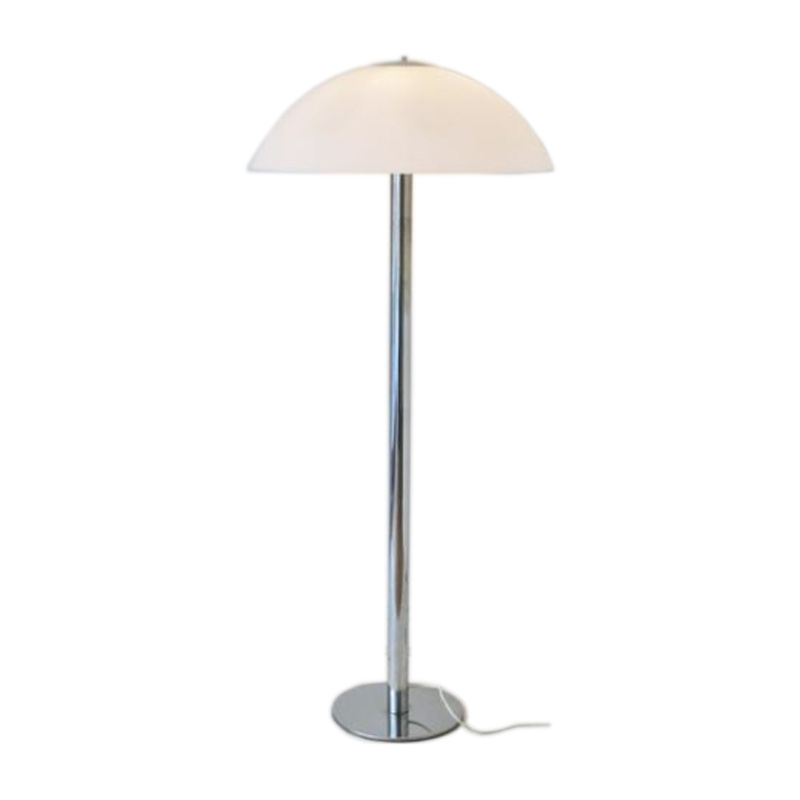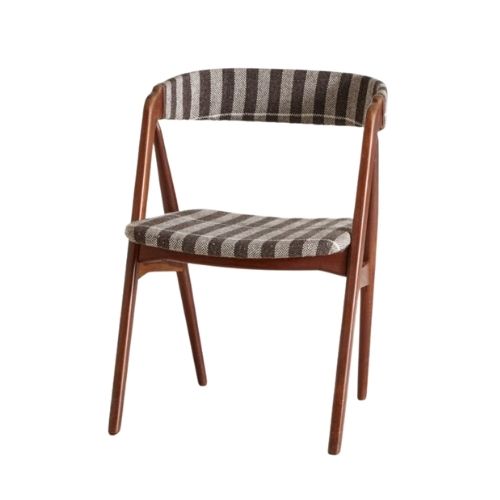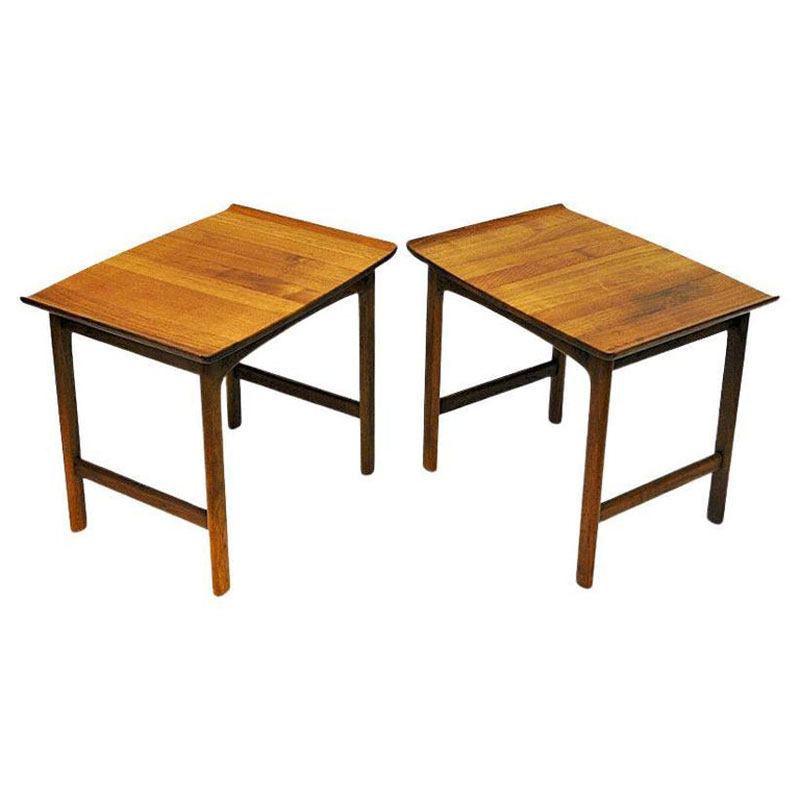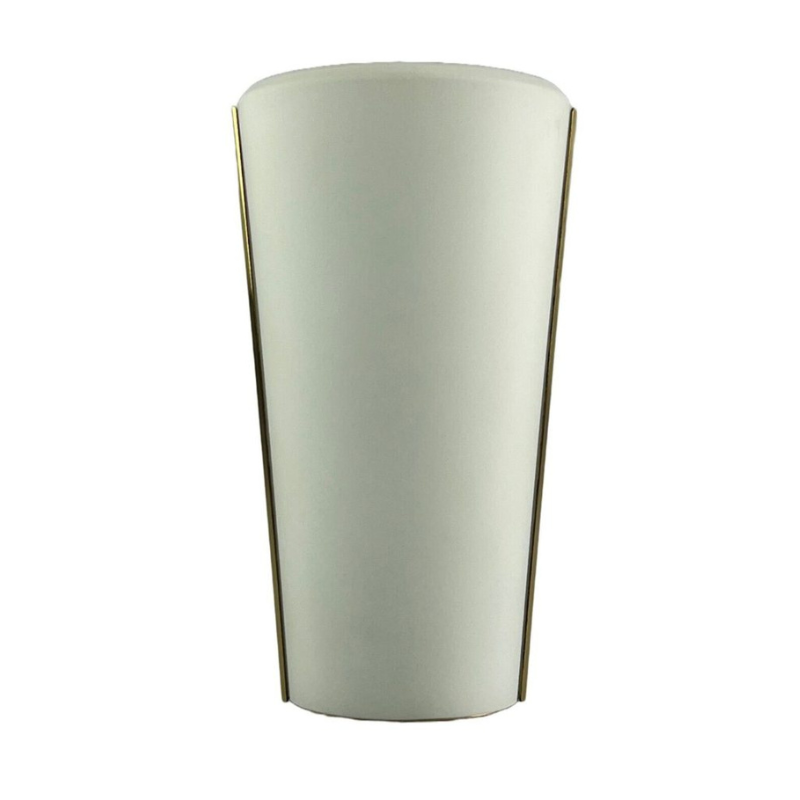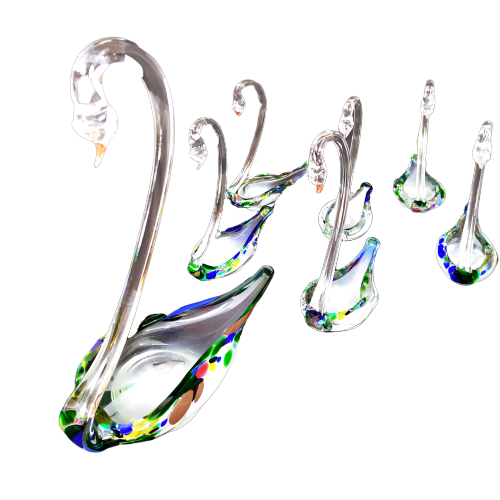Hi. I just bought a Farstrup (1968) dining set in teak and birch (or maybe maple). The set is painted white. I already stripped all the paint from the table and now I am wondering what color I should stain it. I am planning to finish with a teak oil. I would like this set to look as original as it can. Any suggestion?
Thanks, Benoît (Québec)
My understanding has always b...
My understanding has always been that fine quality hardwoods like teak, mahogany, rosewood, maple, etc., are not typically ever stained, since a clear finish (be it oil or varnish, etc.) is sufficient to bring out the natural color inherent to the wood.
the best result
is achieved by sanding the teak with wet&dry paper of grain 400 or above while keeping the sanded area covers in STERLING teak oil.
Sand until you are happy with the finish and then LEAVE all the residue on and allow it to dry.
Clear off the dry dust with a soft cloth and hey presto
Matt oil finish.
Dont use power tools as once the veneer is sanded thought your table is going to look awfull.
Thanks for the advice. I...
Thanks for the advice. I was thinking staining the complete set with Minwax Gunstock stain then oil the entire set. While stripping (with Circa 1850), I realised that it has a little damage on top of the table (now I understand why the previous owner painted it white!!). Should I just use teak wood putty to fix it?
Thanks, Benoît (Québec)
It is hard to tell from the p...
It is hard to tell from the pictures how severe the damage is. It seems to have characteristic "dry" patches that look lighter in color because the piece needs to be oiled, but that might all even out once it is oiled. The veneer on some of these pieces can be incredibly thin, in some cases about as thick as a sheet of newspaper, and as Simon was saying, you can easily sand through it. I would still tend to think that staining is not necessary. One way to get a preview of how the piece might look with oil on it is to take a rag dipped in mineral spirits, and wipe down the wood. Before the spirits evaporates, it should look similar to how it will look with oil.
The table surface seems to have some scratches and abrasions, but I would try to strip any remaining paint with paint stripper, to minimize sanding, and then hand sand it with the 400-600 grit Simon suggested (primarily using a sanding block on the flat surfaces), using the teak oil, and then just see how it looks. I am not sure that a somewhat distressed, worn look is going to look worse than an obvious fill job.
restoring teak table
I refinished a teak Farstrup dining set last year. I thought it was beyond repair due to the massive water stains and burn marks. A local furniture refinisher quoted me $500 (!!) to restore it. Considering that i got the whole set for $40, that price seemed a bit absurd.
Well, I picked the guy's brain for a while. Flattery will coax out all the trade secrets. The solution was wood bleach (also known as Oxalic acid). You can get this at most hardware stores for less than $10. If you have a veneer this is the safest way to go. Sanding a badly stained veneer isn't a good idea.
Anyhow, to my complete amazement, this worked like a charm.
ALL of the water stains and burns came out. After drying, several coats of Teak Oil applied with extra fine steel wool brought the color back. A top coat of Howards Feed n Wax put an extra bit of protection.
All of this probably cost less than $50. Follow the instructions, have a little patience, and it will probably work for you as well...
If you need any help, please contact us at – info@designaddict.com



